Get in touch
555-555-5555
mymail@mailservice.com
Program Highlights
Program Highlights
We take a holistic approach in supporting students and families and clients support which is rooted in the understanding of our 4 main focuses:
Child Development
Child Development refers to the physical, cognitive, social, and emotional growth that occurs from infancy through adolescence. This process involves learning and mastering skills like sitting, walking, talking, and forming relationships. Child development is influenced by a combination of genetic factors and environmental conditions, including family, culture, and socioeconomic status.
Trauma
Trauma refers to a deeply distressing or disturbing experience. It can result from a single event, such as an accident or a natural disaster, or from prolonged exposure to harmful situations, such as abuse or neglect. Trauma can affect an individual’s physical, emotional, and mental health, leading to long-lasting effects on their well-being .
Adverse Childhood Experiences (ACEs)**
Adverse Childhood Experiences (ACEs)** are potentially traumatic events that occur in childhood (0-17 years). These include experiences such as abuse, neglect, witnessing domestic violence, and growing up with family members who have substance use disorders or mental illnesses. ACEs are significant because they can have long-term impacts on a child's health and development, increasing the risk of physical and mental health issues in adulthood
Learning Styles
Learning Styles refers to an individual’s preferred way of processing information and learning new concepts. Common learning styles include visual (learning through seeing), auditory (learning through listening), kinesthetic (learning through doing and moving), and reading/writing (learning through reading and writing). Understanding a student's learning style can help tailor educational approaches to enhance their learning efficiency and effectiveness.
4 Communication
Communication is the process of exchanging information, ideas, thoughts, feelings, and messages between individuals or groups. It involves a sender who conveys a message through a medium to a receiver, who then interprets and provides feedback. Effective communication can be verbal (spoken or written words), non-verbal (body language, gestures, facial expressions), visual (graphs, charts, images), or digital (emails, social media).
Importance of Communication
- Understanding: Facilitates mutual understanding and collaboration between individuals and groups.
- Relationships: Builds and maintains personal and professional relationships.
- Decision Making: Helps in the exchange of information necessary for making informed decisions.
- Conflict Resolution: Enables the resolution of misunderstandings and conflicts through clear and open dialogue.
Communication is a fundamental aspect of human interaction and essential for personal, social, and professional functioning.
TESTIMONIALS
What Patients Say About Us
Sterling gets personal with the children and their families. I am not exaggerating when I say this, but he knows little bit of information about all our children because he goes there. He exhibits unconditional love for our kids as he seen them at their best and their worse, this goes for families too. This guy is Facebook friends with everyone connected to our school for crying out loud the cool part is he even takes his knowledge to social media, where families can relate to him and learn about parenthood, social, emotional behaviors, and the after effect that racism has on our kids.- Meeting Street Academy
Sterling’s lack of fear of being vulnerable, his nurturing demeanor all while demanding the best version of whoever he comes across makes him who he is. His unconditional love is reciprocated by our students and their families. Everyone is so comfortable with him because he doesn’t judge instead he empathizes a skill that many of us think we’ve mastered but actually haven’t gotten close.- Liberty Hill Academy
Sterling works hard to build relationships with our children and our families. He meets our kids where they are and loves them fully.- Sanders Clyde
On top of being an emotional rock for the students and teachers(shoutout to strong, positive black male figures), Sterling is also aways there when you need him. Need a listening ear? He got you. Need a class covered? Need help getting problem solving a situation? Whatever the task or objective: He got you. He gets half his workout done walking around the school and he does it with a smile. - Kids on Point
Ready to take the next step on your journey to success? Explore our range of services, connect with our team, and discover how Ready Set Educate LLC can help you unlock your full potential.
info@readyseteducate.org
803-729-0674
